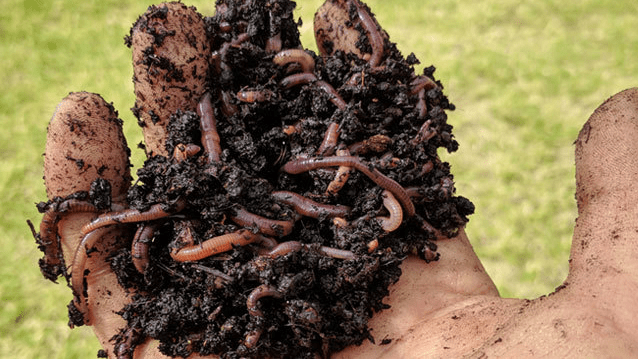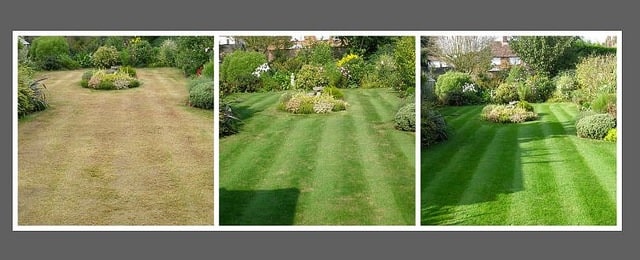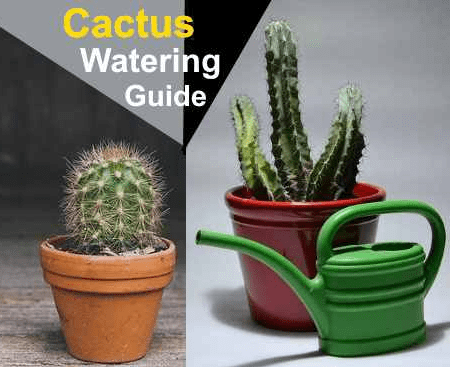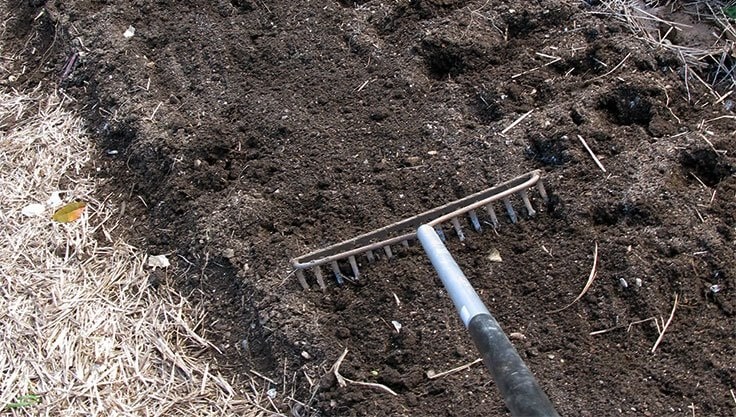Contents
- 1 1. Marigolds Against Nematodes
- 2 2. Borage Against Caterpillars
- 3 3. Nasturtiums Against Beetles and Mice
- 4 4. Tagetes (French Marigolds) Against Nematodes
- 5 5. Summer Savory Against Bean Aphids
- 6 6. Garlic Against Mites and Fungal Diseases
- 7 7. Hyssop Against Slugs
- 8 8. Wormwood Against Flea Beetles
- 9 9. Crown Imperial Against Voles
- 10 Author
Companion Planting: Natural Pest Control for a Healthy Garden
It is no secret that certain plant combinations can positively influence plant health and pest resistance. Some plants attract pests such as cabbage flies, bean aphids, or gall mites, while others naturally deter them. If you plant these pest-repelling species next to the vulnerable ones, you can keep harmful insects at bay.
1. Marigolds Against Nematodes
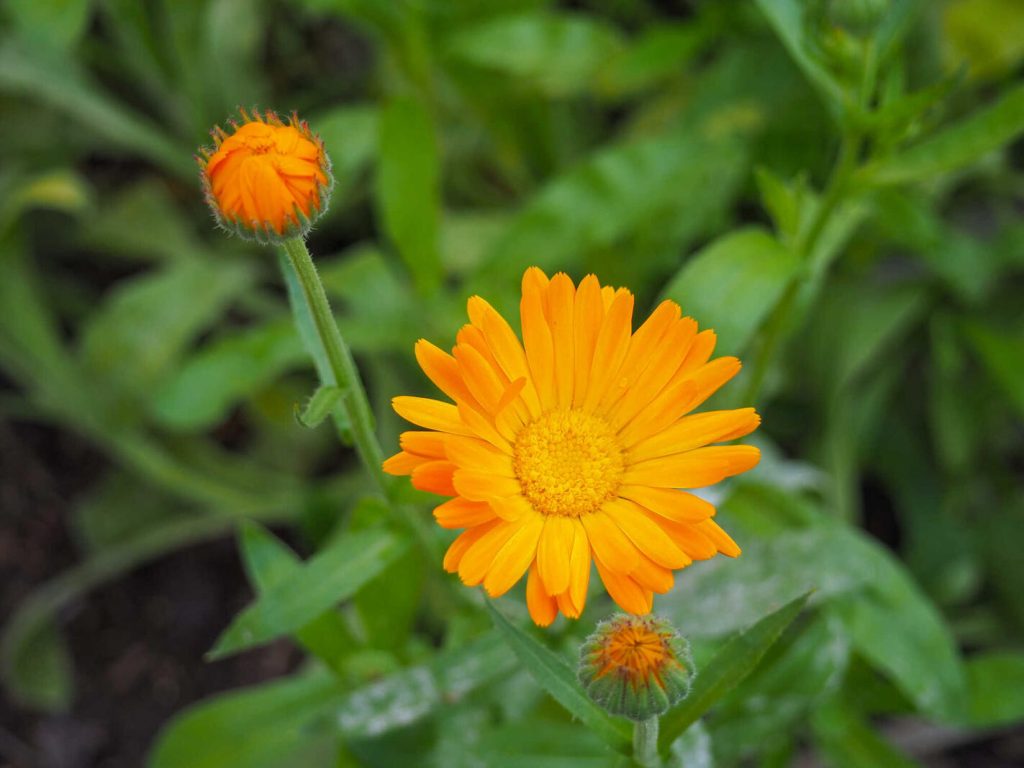
Where marigolds grow, nematodes disappear.
The marigold (Calendula officinalis) is a valuable plant in organic gardening. It grows well alongside nearly all other plants and promotes soil and plant health. One of its most remarkable properties is that it repels nematodes—tiny thread-like worms that feed on plant roots. The marigold’s roots release a substance that keeps nematodes away.
Additionally, marigolds emit a strong fragrance that deters many insect pests. The plant also attracts beneficial insects, such as hoverflies and lacewings, whose larvae feed on aphids. Another benefit of marigolds is their deep taproots, which help loosen and aerate the soil.
2. Borage Against Caterpillars

Borage has been valued in monastery gardens for centuries.
Borage (Borago officinalis) is particularly effective in cabbage beds. Its scent confuses the cabbage white butterfly, preventing it from laying eggs on cabbage leaves. When planted near tomatoes, borage protects against the tomato hornworm and vegetable owlet moth, reducing caterpillar damage to cabbage and tomatoes.
3. Nasturtiums Against Beetles and Mice
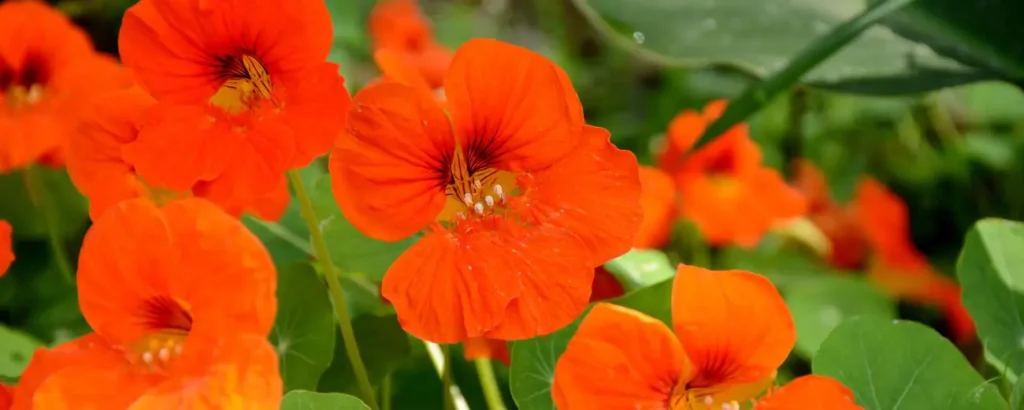
Nasturtiums keep pests away and are also edible!
Nasturtiums (Tropaeolum) are a great addition to any vegetable garden. Their flowers and leaves are not only edible but also act as a trap crop by attracting aphids away from other plants. They also repel potato beetles, caterpillars, and ants, making them an excellent companion for potatoes, beans, and cabbages.
Additionally, nasturtiums deter voles and release mustard oils that help prevent fungal diseases such as blight and mildew. When planted near tomatoes, potatoes, and zucchini, they contribute to overall plant health.
4. Tagetes (French Marigolds) Against Nematodes
The scent of tagetes deters pests, but their real power lies in their roots.
Tagetes (Tagetes spp.), also known as French marigolds, contain essential oils that repel many sap-sucking pests. More importantly, their roots release a substance that lures harmful nematodes, only to poison them upon contact. These marigolds also attract hoverflies, whose larvae feast on aphids.
5. Summer Savory Against Bean Aphids
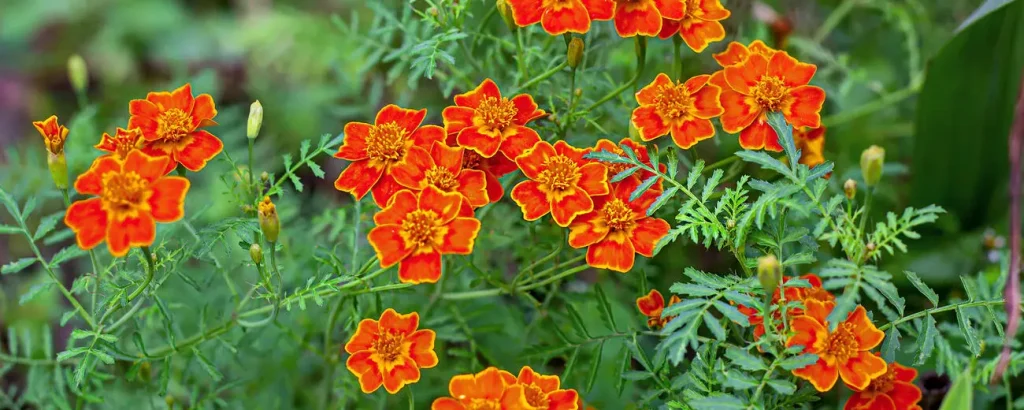
Summer savory keeps bean plants aphid-free.
As its name suggests, summer savory (Satureja hortensis) pairs well with beans—not just in the kitchen, but also in the garden. It enhances bean plant health and repels black bean aphids with its strong scent. When grown together, beans remain largely aphid-free.
6. Garlic Against Mites and Fungal Diseases
Garlic repels pests and even fights fungi.
Planting garlic (Allium sativum) in garden beds benefits nearby plants in several ways:
- Near carrots: repels the carrot fly
- Near strawberries: protects against strawberry mites
- Under black currant bushes: deters gall mites
A garlic spray can also be used to combat fungal diseases such as powdery mildew. Additionally, placing crushed garlic in mole or vole tunnels drives these pests away.
7. Hyssop Against Slugs
Hyssop attracts beneficial insects while keeping slugs away.
The aromatic herb hyssop (Hyssopus officinalis) is a magnet for butterflies and bees, but it also repels aphids and caterpillars. More importantly, it discourages slugs. In gardens with hyssop, slugs tend to seek alternative food sources. As a mulch, hyssop can also protect young plants from slug damage.
8. Wormwood Against Flea Beetles
Wormwood tea helps against flea beetles.
Wormwood (Artemisia absinthium) is particularly effective against flea beetles in vegetable gardens. If flea beetles have already attacked radishes or cabbage, spraying a wormwood tea over the affected plants can prevent further damage.
Additionally, wormwood:
- Repels aphids
- Protects currant bushes from rust fungus and gall mites
- Is avoided by snails due to its strong, bitter scent
9. Crown Imperial Against Voles
The scent of the Crown Imperial drives voles away.
The Crown Imperial (Fritillaria imperialis) is not only a stunning ornamental plant but also an effective vole deterrent. The plant’s bulbs emit a strong odor, often compared to that of a goat or lion enclosure, which voles and moles find unbearable.
However, the plant itself does not have a strong smell above ground. When planting, care should be taken not to damage the bulbs, and gloves should be worn since all parts of the plant—especially the bulb—are toxic.





